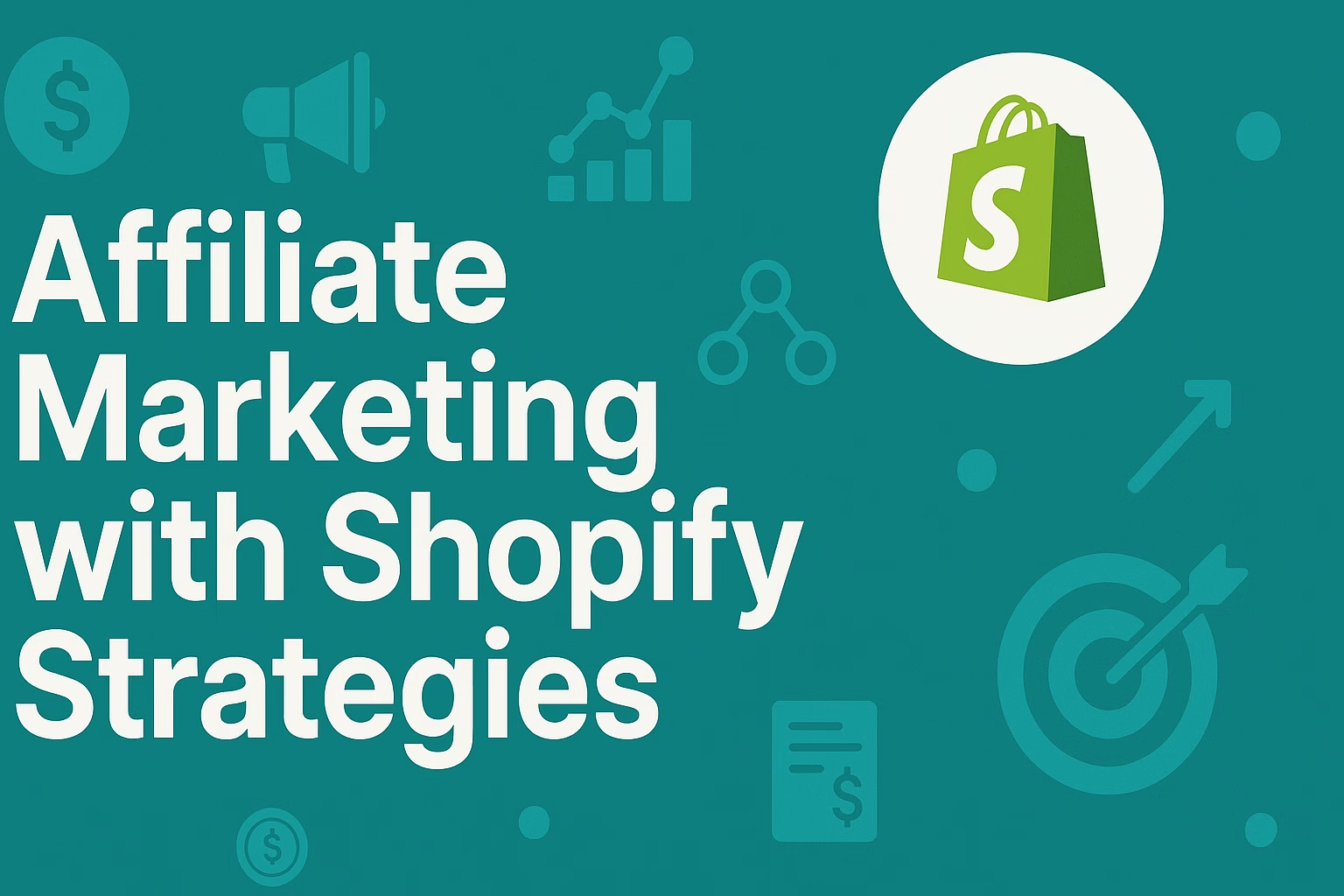
Unlocking Affiliate Marketing Associate Meaning: Your 2025 Guide
Introduction Understanding Affiliate Marketing Roles and Responsibilities of an Affiliate Marketing Associate The Importance of Affiliate Marketing

Introduction Understanding Affiliate Marketing Roles and Responsibilities of an Affiliate Marketing Associate The Importance of Affiliate Marketing

Introduction What is an Affiliate Marketing Agency? Understanding the Role of Affiliate Marketing Agencies Benefits of Using

Introduction Understanding Affiliate Marketing Amazon and Its Affiliate Program Strategies for Success in Affiliate Marketing

Introduction Understanding Affiliate Marketing Examples of Successful Affiliate Marketing How to Get Started with Affiliate Marketing

Introduction Understanding Affiliate Marketing Importance of Affiliate Marketing in the Philippines How to Get Started with Affiliate Marketing Tips for Successful Affiliate Marketing FAQ Conclusion Introduction In this guide, we will explore the term "affiliate marketing meaning in

Introduction Understanding Affiliate Marketing Yearly Income Strategies to Boost Your Affiliate Marketing Yearly Income Monitoring Your Progress

Introduction Creative Affiliate Marketing YouTube Channel Name Ideas How to Choose the Best Affiliate Marketing Channel Name

Introduction Understanding the Basics of Affiliate Marketing Top Strategies for Affiliate Marketing YouTube Videos Resources for Creating

Introduction Understanding Affiliate Marketing Implementing Affiliate Marketing on YouTube Strategies for Affiliate Marketing on Reddit

Introduction Understanding Affiliate Marketing on YouTube Shorts Creating Compelling YouTube Shorts for Affiliate Marketing Strategies for Monetizing

Introduction Understanding Your Niche Content Creation Strategies SEO and Marketing Techniques Engaging with Your

Introduction Understanding Affiliate Marketing on YouTube Effective Strategies for Affiliate Marketing YouTube Content Creation for Affiliate Success

Introduction Understanding Affiliate Marketing Top 10 Affiliate Marketing Websites Free Choosing the Right Platform

Introduction Understanding Affiliate Marketing Water Filter Strategies for Success in Affiliate Marketing Water Filter Choosing the Right

Introduction Understanding Affiliate Marketing Choosing the Right Niche Finding Affiliate Programs Creating Quality Content

Introduction Understanding Affiliate Marketing Top Affiliate Marketing Websites for Beginners How to Choose the Right Platform

Introduction Understanding Affiliate Marketing with Shopify Strategies for Successful Affiliate Marketing with Shopify Best Practices for Managing Your Shopify Affiliate Program Analyzing and Optimizing Your Affiliate Marketing Efforts Frequently Asked Questions Conclusion Introduction Affiliate marketing with Shopify is

Introduction Understanding Affiliate Marketing with Temu Creating Your Affiliate Marketing Strategy with Temu Maximizing Your Earnings in

Introduction Innovative Affiliate Marketing Website Examples Successful Niche-Focused Websites Content-Rich Affiliate Marketing Websites Affiliate Marketing Website Examples: Emerging Trends FAQ Conclusion Introduction In today's digital landscape, affiliate marketing continues to grow in popularity, and examining effective affiliate marketing

Introduction Understanding Affiliate Marketing Without Followers Effective Strategies for Success The Role of Content in 2025 Analyzing Metrics and Optimization FAQ Conclusion Introduction As we step into 2025, the concept of affiliate marketing without followers has gained momentum.

Introduction Understanding Pinterest’s Unique Ecosystem Getting Started with Affiliate Marketing on Pinterest Best Practices for Affiliate Marketing